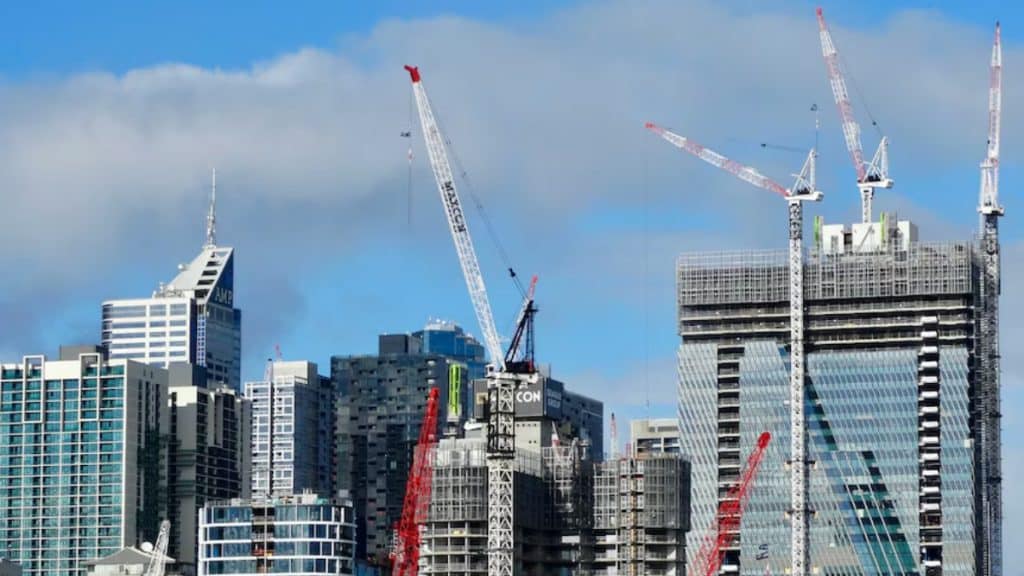The Australian Institute of Building Surveyors (AIBS) has raised concerns over a recent report by Cladding Safety Victoria (CSV), which places significant blame on building surveyors and other construction professionals for the ongoing cladding safety issues across Victoria.
The AIBS argues that the report’s criticisms are “outdated,” pointing out that building surveyors have made significant improvements in their practices.
“The CSV report is difficult to accept in the current context,” the institute stated. “Many members are questioning the motives behind the report’s timing. The observations regarding building surveyors are no longer relevant, as the industry has addressed many of these issues.”
The report was based on an extensive review of more than 800 apartment complexes, highlighting issues such as “substandard” documentation and widespread failures to follow regulations, leading to the installation of non-compliant cladding materials.
“CSV’s findings clearly demonstrate that the responsibility for specifying hazardous cladding materials falls not only on consultants but also on building surveyors, and the issue is pervasive across various sectors,” the report noted.
According to CSV, poor design documentation was a significant factor in the use of combustible cladding on residential buildings, prompting the need for state intervention.
The report also emphasised a range of compliance failures among industry professionals and pointed out the “considerable need” for further work to resolve the issues identified.
In response, the AIBS suggested that government bodies should also bear some of the responsibility for the cladding crisis. “Government agencies had a duty to audit and oversee these processes over a long period, and they must share accountability for the problems that arose,” the institute said.
The AIBS has long advocated for reforms, and it sees the report as further evidence that these changes are urgently needed. Among the key concerns raised by the institute are the lack of accountability for project managers, the ongoing use of problematic design and construct procurement methods, and the overall need for better oversight across the construction process.
“It’s unfortunate that while AIBS members have made significant improvements, certain sectors of the industry, including government agencies, continue to allow practices that lead to conflicts of interest,” the AIBS said. “Unregulated project managers and consultancy agreements that breach the Building Act are still prevalent, and design and construct procurement remains unchecked.”
Fire Safety and Modern Cladding Solutions
Australia’s issues with combustible cladding materials have been at the forefront of public concern in recent years, with high-profile incidents raising questions about building safety. The crisis has led to a nationwide effort to remove and replace hazardous cladding, but the challenge of finding safe, compliant alternatives remains.
One of the emerging solutions to address both aesthetic and safety concerns is standing seam cladding. This modern cladding system offers a sleek, contemporary look, making it a popular choice for both residential and commercial buildings. More importantly, standing seam cladding is known for its excellent fire resistance, as it is typically made from non-combustible metals such as zinc, aluminium, or steel.
Many cladding companies have begun to prioritise fire-safe materials like standing seam cladding in their projects. Given Australia’s troubled history with flammable cladding, standing seam cladding provides a reliable and visually appealing solution. Its fire-safe properties have made it an attractive alternative to more traditional cladding materials that were previously linked to fire safety risks. The introduction of such innovative, compliant materials is essential as the construction industry continues to strive toward safer building practices.
The CSV report, while addressing past failures, highlights the importance of moving forward with improved standards and materials like standing seam cladding, which can prevent future crises and ensure that Australia’s building stock remains both modern and safe.
